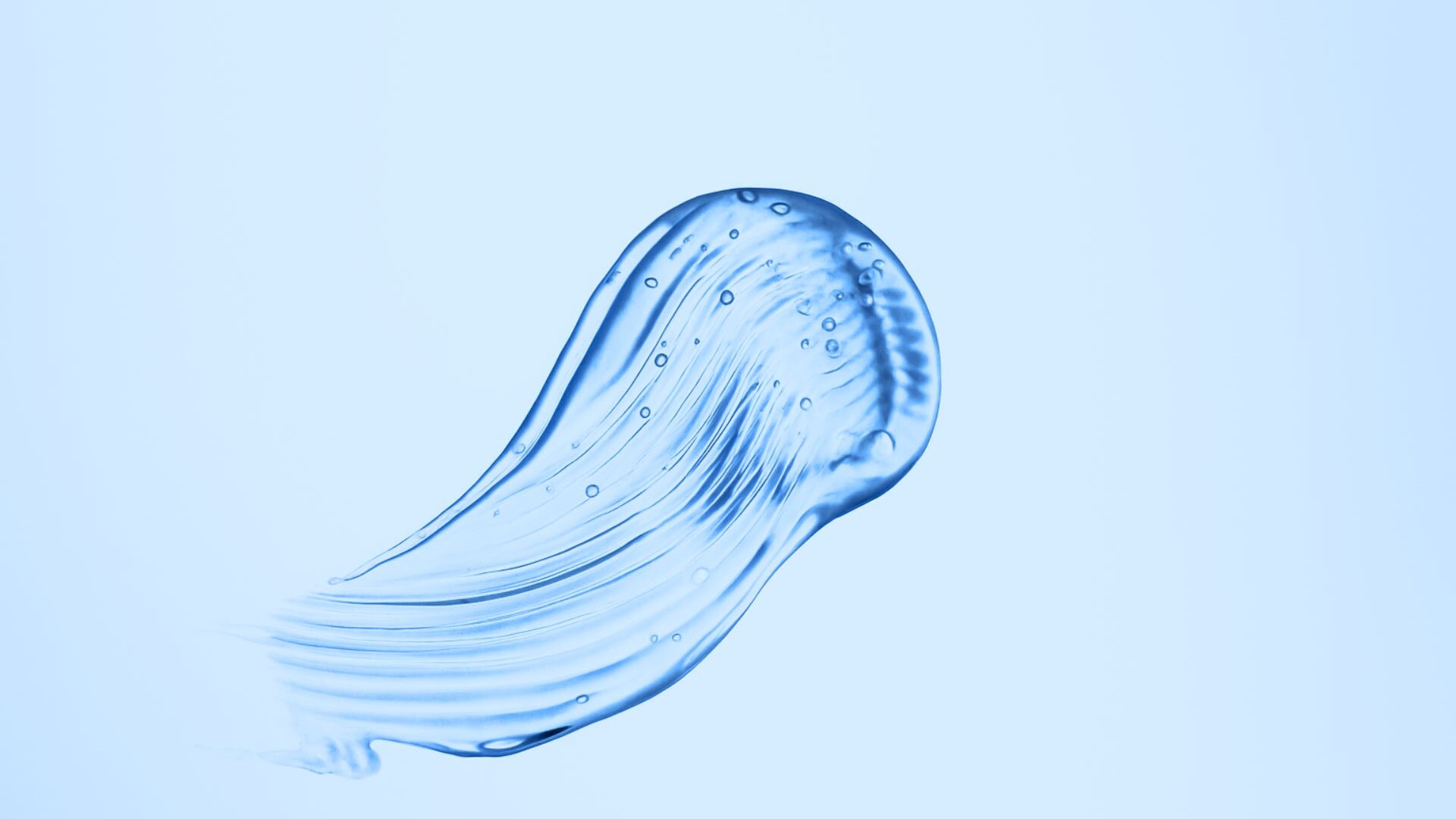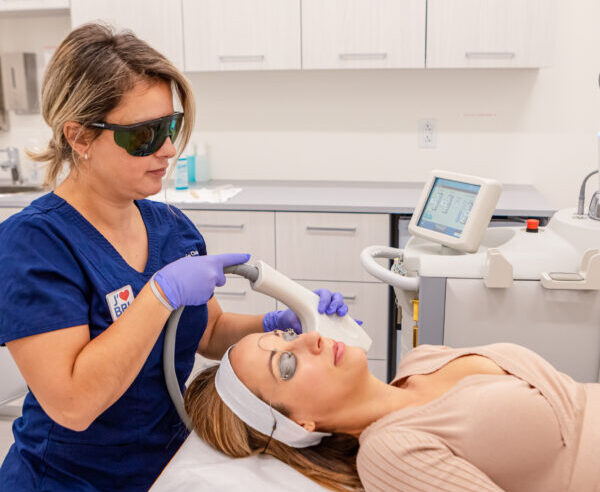SUBSCRIBE TO OUR NEWSLETTER & RECEIVE $25 OFF* LEARN MORE
Pelvic Floor treatment with Emsella™ chair
Do you find it difficult to control your bladder when you sneeze, cough, or laugh? Loss of bladder control can occur with age and is a completely normal—but no less concerning—part of the aging process. Rather than having to wear bulky protective pads or undergarment liners, there are solutions for frequent urination or difficulties holding in urine. Discover the benefits of electromagnetic therapy for incontinence—and never hold back from laughing out loud ever again.
Managing incontinence or experiencing urinary urgency can be tricky to manage, and can lead to anxiety. But there are solutions available. BTL Emsella™ is a non-invasive treatment of the pelvic floor muscles that can help regain a sense of control over your bladder.
WITH BTL EMSELLA™?
Managing incontinence or experiencing urinary urgency can be tricky to manage, and can lead to anxiety. But there are solutions available. BTL Emsella™ is a non-invasive treatment of the pelvic floor muscles that can help regain a sense of control over your bladder.
Technology
BTL Emsella™ is a non-invasive treatment for pelvic floor muscles that can help men and women with incontinence regain control of their bladder. There are many types of incontinence that can occur to an individual, including: stress-related incontinence, overflow incontinence, functional incontinence and more. This treatment offers an effective solution to energize and regain control of your bladder.
It achieves these results through a targeted, high-intensity focused electromagnetic technology to stimulate the pelvic floor muscles through thousands of contractions. These pulses work to strengthen your muscles—and are roughly the equivalent to doing 11,200 kegels. Aside from returning strength to your pelvic muscles, BTL Emsella™ can also drastically improve sexual intercourse for both men and women. Considered to be one of the most effective options for non-invasive pelvic floor therapy.
For optimal results, BTL Emsella can also be combined with our Emsculpt NEO abdomen treatments for something we call the “Core to Floor” program. Core to floor therapy leverages two HIFEM therapies to strengthen, firm, and tone the abdomen and pelvic floor muscles. This leads to increased muscle hypertrophy and hyperplasia and restoration of neuromuscular control to ultimately improve strength and balance to the region, in addition to incontinence.

Pelvic Floor Reinforcement with BTL Emsella™
Before the treatment
If you’re curious about our non-surgical treatments for incontinence and sexual wellness, book an appointment with our team. At your appointment, we will ask you questions and review your medical history to determine what type of incontinence you have. From there, we will help you decide which pelvic floor strengthening options are right for you. Rest assured, we provide a completely safe and nonjudgmental setting. We understand your concerns and are here to help.
During THE TREATMENT
If you’ve got an BTL Emsella™ treatment takes approximately 28 minutes to complete. For the most part, our clients receive four to six treatments in total, spaced about two to five days apart.
After THE TREATMENT
We’re happy to report that there is no downtime following your BTL Emsella™ procedure. As soon as your appointment has wrapped up, you’re free to go about your day. After your initial treatment, you can expect to notice a difference almost immediately. Optimal results can be observed two to four weeks after you’ve completed the complete four to six treatments. Immediately following treatment, you may experience a few days of mild soreness of pelvic floor muscles. In the first week after your initial treatment, there is also the possibility of increased incontinence—but this will subside over time.
The muscle stimulation gained through BTL Emsella™ leads to newfound control over the pelvic floor muscles and bladder. After your treatment, you’ll find relief from incontinence concerns—and even an increase in your sexual health. Many patients report that following a BTL Emsella™ treatment, they are able to achieve orgasm more easily as well as experience stronger orgasms. For men, this also includes more powerful orgasms and stronger erections.
Related Conditions
BTL Emsella™ is a non-invasive bladder treatment that addresses the various forms of incontinence, including:
- Stress-related incontinence: Small amounts of urinary leakage that trickle out with laughter, coughing, jumping, or other forms of activity. This typically occurs when the pelvic floor muscles are weakened or damaged, often worsening with age, post-menopause. With this form of incontinence, only a small amount of urine leaks out—but even trace amounts can be distressing for the individual.
- Overactive bladder or urge incontinence: This type of incontinence usually occurs in people who feel they need to urinate frequently or rush to the bathroom when the urge strikes. This happens when our bladder muscles signal a need to urinate, even when it isn’t full. Often, it results from physical issues such as brain or spinal damage, nerve problems related to accidents, diabetes, or neurological diseases.
- Mixed incontinence: This type combines symptoms of both stress-related incontinence and overactive bladder.
- Overflow incontinence: This condition is due to an obstruction that prevents proper urine flow. It’s more common in men, as it’s often related to prostate health issues, but can also occur in women due to bladder stones, tumors, or other blockages.
- Functional incontinence: Linked to medical conditions such as dementia or certain mental illnesses, this type of incontinence results from an inability to reach the bathroom in time.
- Reflex incontinence: Caused by the sudden, involuntary contraction of the bladder muscle, which can lead to unexpected urine leaks. This often occurs in individuals with major neurological conditions like multiple sclerosis, spinal cord injuries, or those who have sustained radiation damage.
Targeted Solutions For
Offered at These Locations
- Loading clinics…
WHY CHOOSE
VICTORIA PARK MEDISPA
-
Financing
Our partnership with Beautifi means our patients can get the treatments they deserve with low-interest, flexible monthly payments.
-
Price match policy
If you discover a better price on laser-based aesthetic services, let us know, and we’ll match that figure.*Details apply.
-
Access to the best experts
Our medical team is made up of the country’s top board-certified plastic surgeons and dermatologists. These experts are supported by a team of dedicated registered nurses who are passionate about helping you achieve your aspirations.
FAQ
Got questions about pelvic floor reinforcement with BTL Emsella™? We’ve got your answers here
Emsella treatments start at $325 per session. Book a consultation to learn more. Save more with our multi-session packages, details available in-clinic.
Both women and men are candidates for BTL Emsella™. Natural body ageing, childbirth, and menopause are all factors that can lead to incontinence. But help is on the way. BTL Emsella™ is a urinary urgency treatment that has helped countless women of any age regain control and improve their quality of life. Men can also benefit greatly from BTL Emsella™, as it’s effective in reducing incontinence and improving sexual health non-surgically.
During the treatment, patients may experience a slight tingling and be able to feel the contractions of the pelvic floor. Treatment is virtually painless. Following the treatment, patients may return to their daily routine. A difference in the affected area can be felt immediately.
BTL Emsella™ works with high-intensity focused electromagnetic technology to stimulate the pelvic floor muscles through thousands of contractions per session. The act of strengthening leads to regained control over pelvic floor muscle function. Ultimately, you benefit from better bladder control as well as an enhanced sexual experience for men and women.
Emsella uses High-Intensity Focused Electromagnetic technology to induce thousands of contractions that stimulate the pelvic floor muscles. Emsella is a game changer. All you need to do is sit upright on the Emsella chair fully clothed for four to six treatments of 28 minutes per session. That’s it!
Postpartum women should wait a minimum of 6 months before proceeding with any of our sexual health or chair-based incontinence treatments, such as diVA, diVaTyte, Emsella, G Shot or O Shot. It’s important to give the body ample time to recover following childbirth. Fortunately, for breastfeeding women or women interested in pelvic health after childbirth, there are no contraindications to note with non-invasive bladder control treatments. This means you can book a consultation around the six-month mark—or whenever you’re ready. It’s never too late to talk about these issues and seek professional advice. After all, 40% of women’s lifetime spent in post-menopause. Why suffer in silence? Victoria Park Medispa specialists can assess your situation and provide you with the best course of action based on your desired results.
Recent
articles
Request an appointment
Let's get in touch
Not ready to book your consultation yet? Contact us by filling in the form below or call us at 514.488.8668 to discuss your questions with a member of our Appointment Concierge Team. We look forward to helping you.



